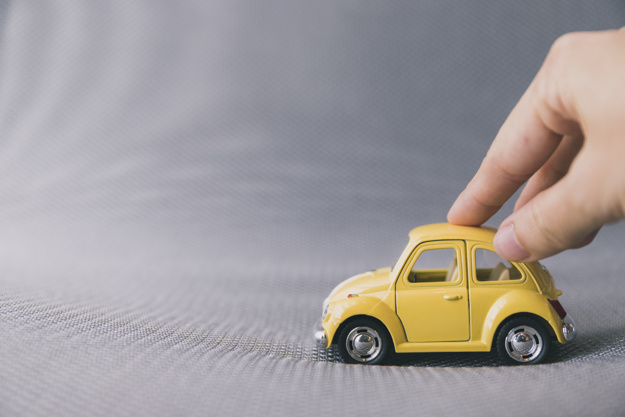Among all nations worldwide, India leads in the road accident-related deaths and fatalities. In fact according to a statistic, in the year 2014 alone, there were more than 141000 fatalities. Lack of independent crash testing norms in the country does not help because car buyers cannot know the crash worthiness of the car. What does not help the matter further is that the safety equipment is still being offered as an option and not as standard in many entry-level cars. Crash tests that provide a really clear picture about car's safety would not be made mandatory in India until October 2017, and till then one of the important questions that one asks oneself before buying a car, "Is my car safe?" would remain unanswered. However, we will answer a few of those questions by letting you know the factors that contribute to the overall safety of the car.
Factor of Safety Car
Active Safety Features – How do they make my car safe?
Unlike the passive safety features that help the passengers in an event of a crash, the active safety features prevent the crash by helping the driver maintain proper control at all times. Features like ABS, EBD and ESC ensure that the car is in control of the driver under hard braking, cornering or any other situation that may become difficult for the driver to handle himself. ABS ensures that you are able to steer the car even while braking hard, while EBD ensures that optimum brake force is sent to all wheels depending on the dynamic loading conditions. The video present below explains how does ABS and ESP work and make the car safe. Large glass area and rear-view mirrors ensure that you get great all around visibility and clear view of the road and vehicles around you while driving. Grip from tyres, precise handling and decent chassis balance are foremost contributors to the safety and ensure that you never lose the control of your car. Features like automatic braking / brake assist further contribute in making the car safe and actively contribute in that sense.
Passive Safety Features – How do they contribute to safety?
What goes without saying is that each safety feature that the car comes with is of some significance, and more the number of safety features that the car comes with, the better. Seat belt being one of the most basic passive safety features is offered with even entry level cars as standard and is the primary restraint system. Another important passive safety feature that every car comes equipped with is the collapsible steering column. Together, these two, make a world of difference in a head on collision that creates great amount of forces in which the passengers would sustain heavy injuries in their absence. A basic yet very important feature of a car is headrest. It prevents a whiplash injury in case of rear collision. Adjustable or not, headrest should be of the sort that extend beyond the neck region and right upto head. The airbags extend the safety net even further but they work efficiently when the passengers are wearing seat belts, they extend the safety provided by the seat belts and do not negate their use. A well built car that accommodates deformation in the crumple zones and resists deformation forces in the passenger compartment is considered safe. Side impact beams, curtain and side airbags provide the passengers survival space in an event of T-bone collision.
Weight / Size – How does it affect safety?
A lighter car is generally more fuel efficient but if it is safer too? A crumple zone of the car is designed so that it gets destructed during a collision and absorbs the energy in the process, thereby protecting the occupants from the shock. However if the crumple zone is too weak, and the cage (inside which the passengers sit) is not strongly built, the passengers may not be safer. In case of crash tests, the worthiness of a structure is generally tested by colliding it with a stationary object. In real, a car may undergo collision with a bigger and even heavier car, in such a case, chances are that a car with more weight may prove to be safer than a car with lighter construction. So, in general, a recently launched car, that has more weight would be comparatively safer than a car that’s comparatively light.
Sedan / Hatchback / SUV – Does it matter?
Hatchbacks and SUV do not have a three box design like the sedans. Hence, in a rear end collision, the passengers in the last row of seats are at a greater risk in a hatch and an SUV, than in a well-built sedan. Not all SUVs have a third row of seats, but the ones that have are relatively less safe than the second row of seats. While there aren’t any comparative tests to show this, but it is evident from the test of sedans and small hatches, that use crumple zones of different sizes to protect the occupants in a front end collision. A rear end that’s capable of deforming and absorbing energy offers more protection to the rear seat passengers in a sedan than what they would get in a hatch or an SUV that that has three row of seats.
Back to all Car Maintenance tips, tricks and Blog by Navnit Maruti Showroom
Also read: How to perform a quick car safety check
Source: autoportal.com
To Book an Appointment for your Maruti Suzuki Car Service Centre in Thane, Visit Maruti Suzuki Workshop in Thane
Share This:




